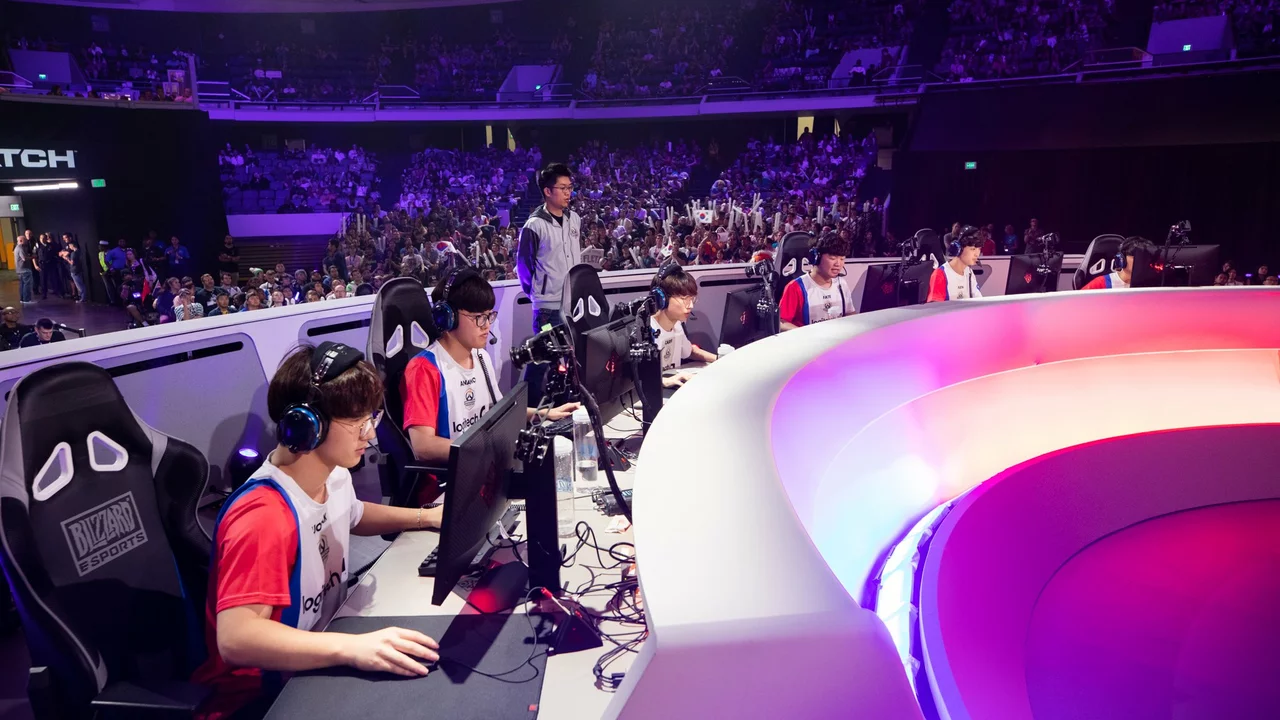E‑Sports Culture: What It Means for Young Athletes
Ever wonder why kids are swapping a soccer ball for a gaming headset? E‑sports culture has exploded in the last few years, turning video games into real‑world competition. It’s not just about high scores; it’s about teamwork, strategy, and a buzzing community that lives online and off. For anyone curious about how this trend fits into youth sports, you’re in the right spot.
Why E‑Sports Feels Like a Real Sport
First off, think about any traditional sport: you have practice, a coach, a schedule, and a league. E‑sports mirrors all of that. Players log on daily, follow training drills, and join leagues that run the same way as football or basketball seasons. The biggest difference is the arena – a digital battleground streamed to thousands of fans. Platforms like Twitch and YouTube let spectators watch live matches, cheer, and even donate to their favorite teams.
What makes it stick for youngsters is the low barrier to entry. All you need is a console or PC and an internet connection. No expensive field rentals or travel costs. That accessibility invites kids from all backgrounds to jump in, form squads, and compete locally or globally. It also teaches skills that translate to real sports: quick decision‑making, communication, and handling pressure.
How the Gaming Community Fuels Growth
The gaming community is the engine behind e‑sports culture. Forums, Discord servers, and social media groups give players a place to share tips, set up scrimmages, and celebrate wins. These hubs act like locker rooms – they build camaraderie and keep the hype alive between matches. When a new game drops, the community blitzes with tutorials, fan art, and tournament brackets, keeping the momentum fast.
Streaming platforms add another layer. Watching pro players break down strategies helps beginners improve, while the excitement of live events draws new fans. Schools and youth clubs are catching on, organizing e‑sports clubs that follow the same structure as traditional sports teams. Some even offer scholarships, showing that the line between digital and physical sports is blurring.
For parents worried about screen time, remember that e‑sports also encourages discipline. Teams set practice schedules, enforce rules, and require regular fitness routines to keep reflexes sharp. Many coaches now incorporate physical workouts, eye‑training, and nutrition advice into their programs, creating a balanced approach.
Bottom line: e‑sports culture isn’t a fleeting fad. It’s a full‑fledged ecosystem that offers young athletes new pathways to compete, learn, and grow. Whether your kid dreams of leading a team in a global tournament or just wants a fun way to stay active, the world of e‑sports has something to offer.
Ready to explore? Grab a controller, join a local Discord, and see how the digital arena can level up your game. The next champion could be sitting right beside you, headset on, ready to make the next big move.
Why is south korea obsessed with e-sports?
South Korea's fascination with e-sports is hard to ignore. It's largely due to the country's advanced technology infrastructure, making online gaming widely accessible and seamless. Additionally, a highly competitive social structure stirs young individuals to excel in e-sports, as it's seen as a legitimate career path, not just a hobby. The government's support, with initiatives like building gaming arenas, also adds fuel to this passion. Lastly, the excitement and communal experience e-sports provides can't be understated - it's a shared cultural phenomenon that brings people together.
Read More
